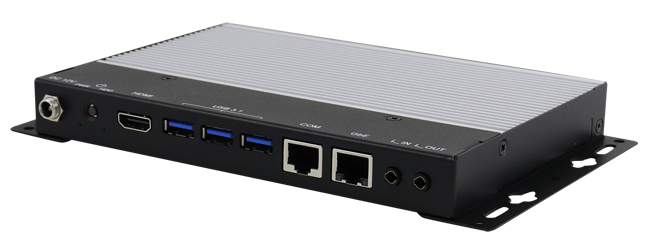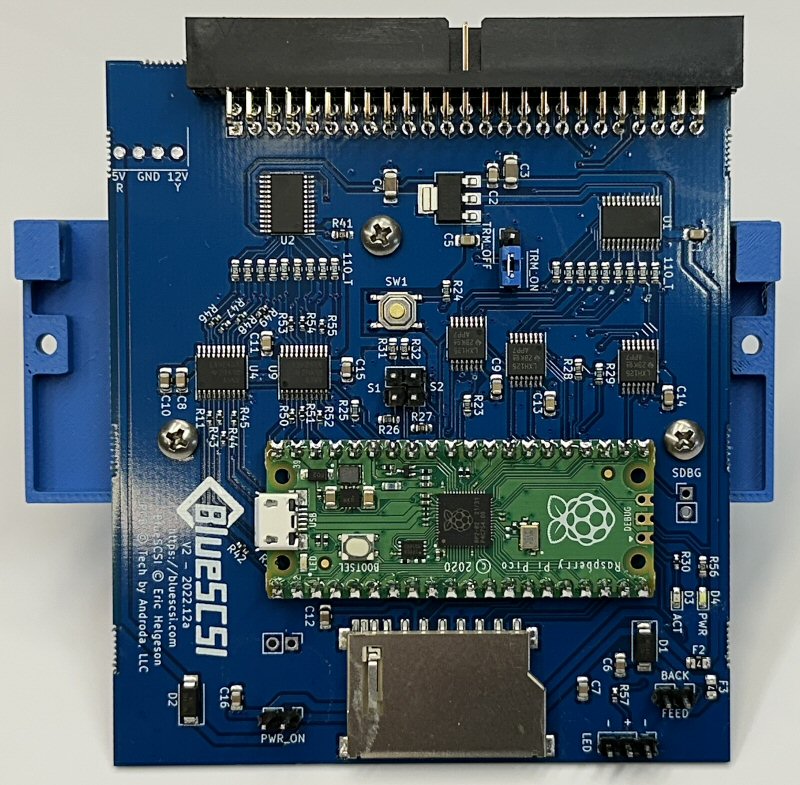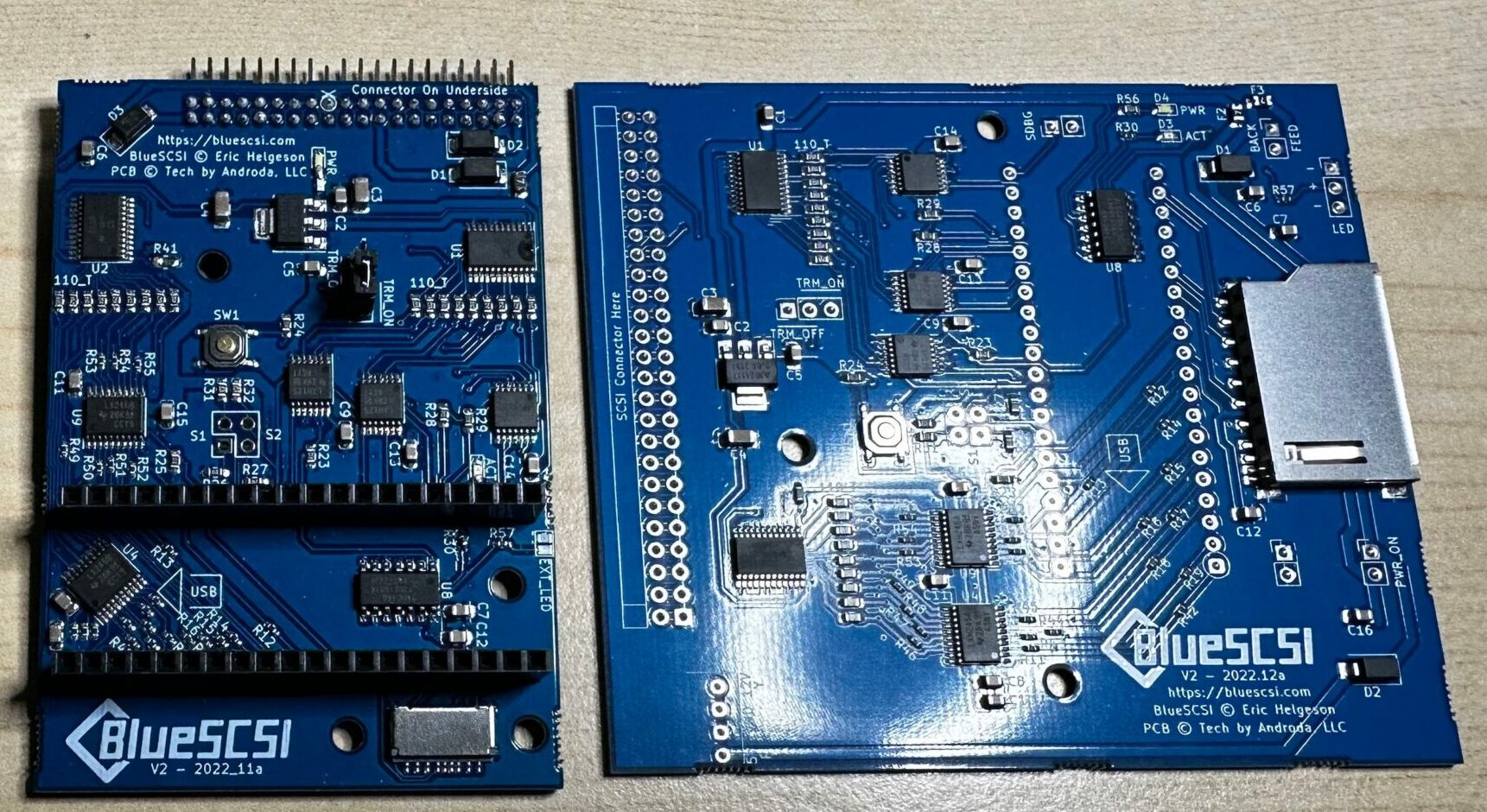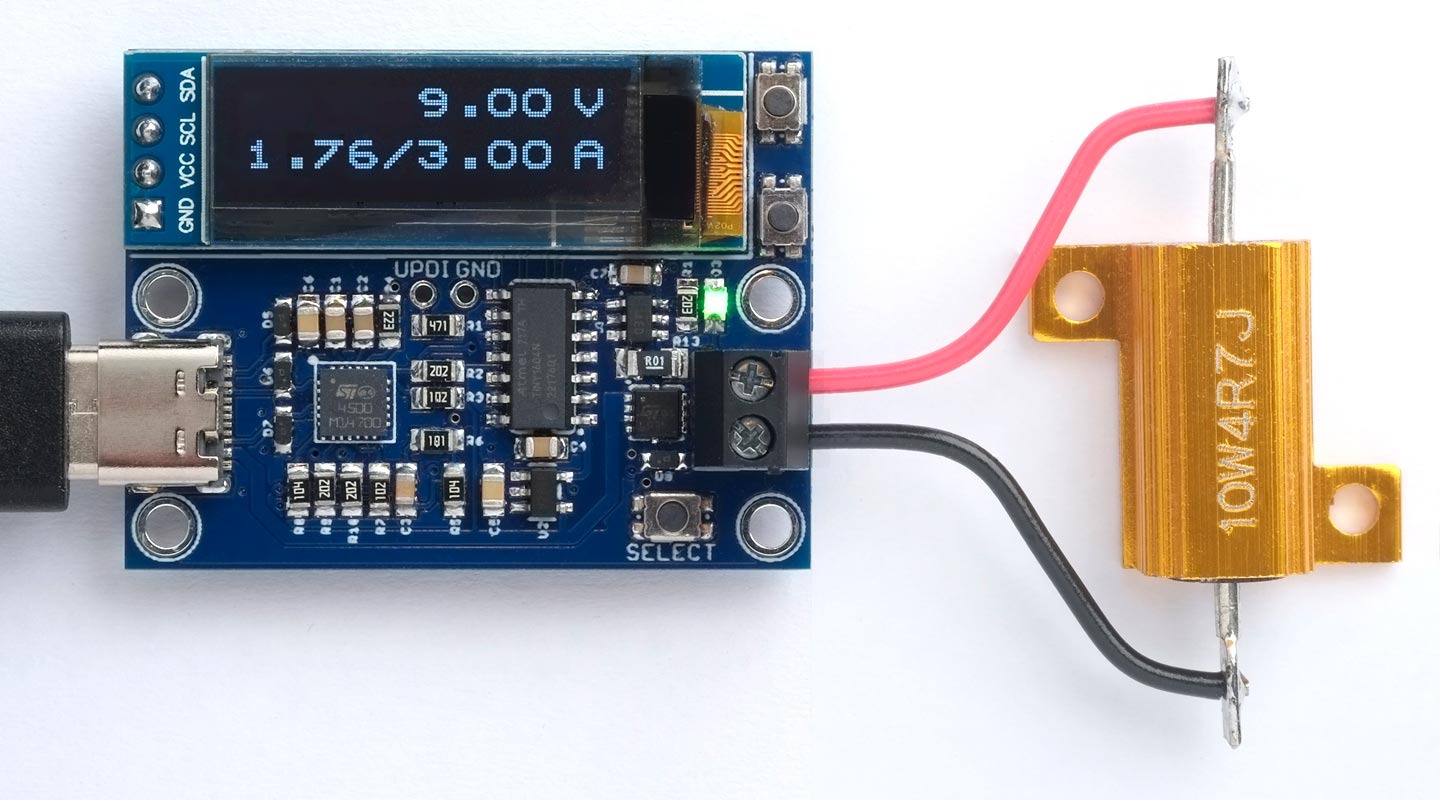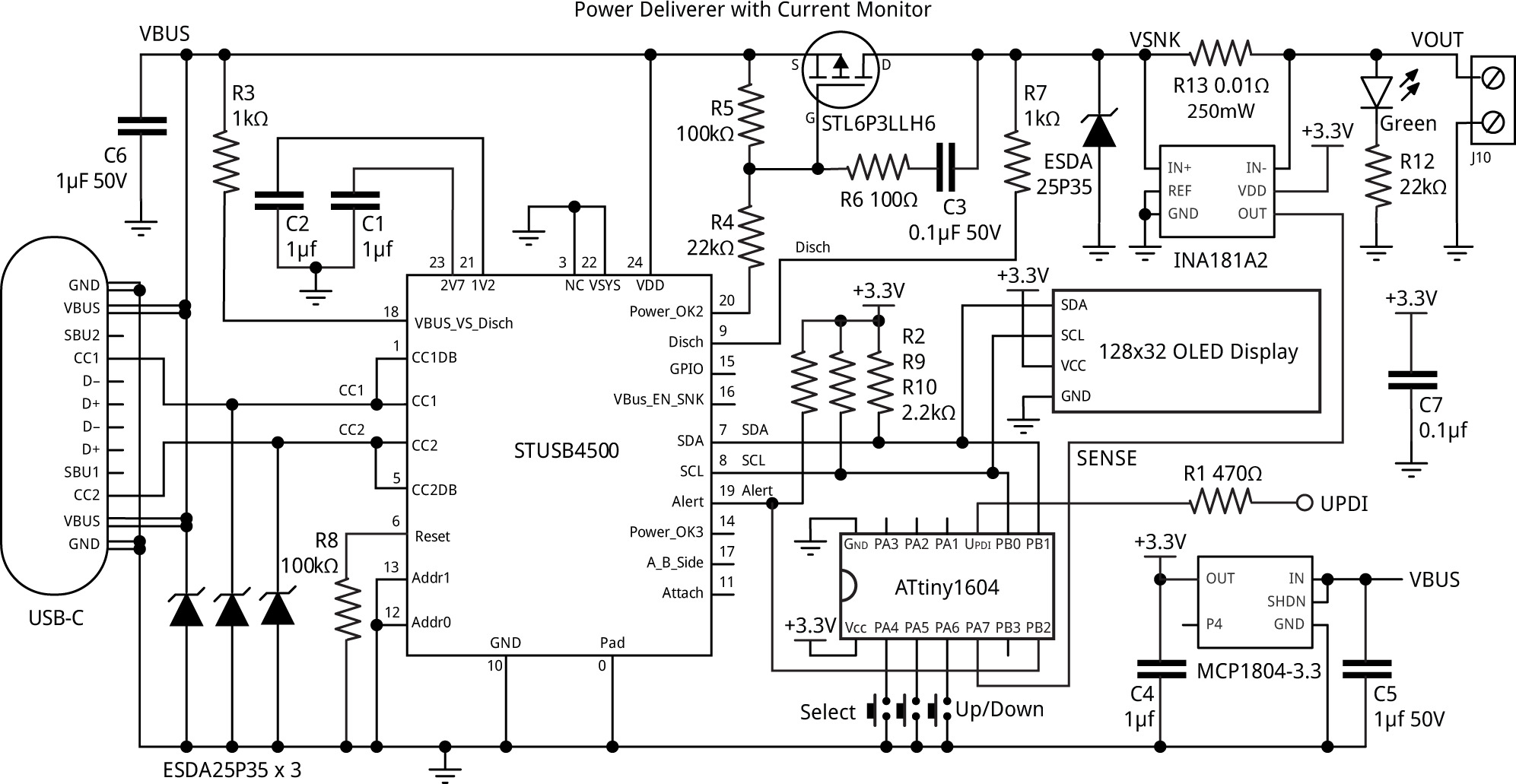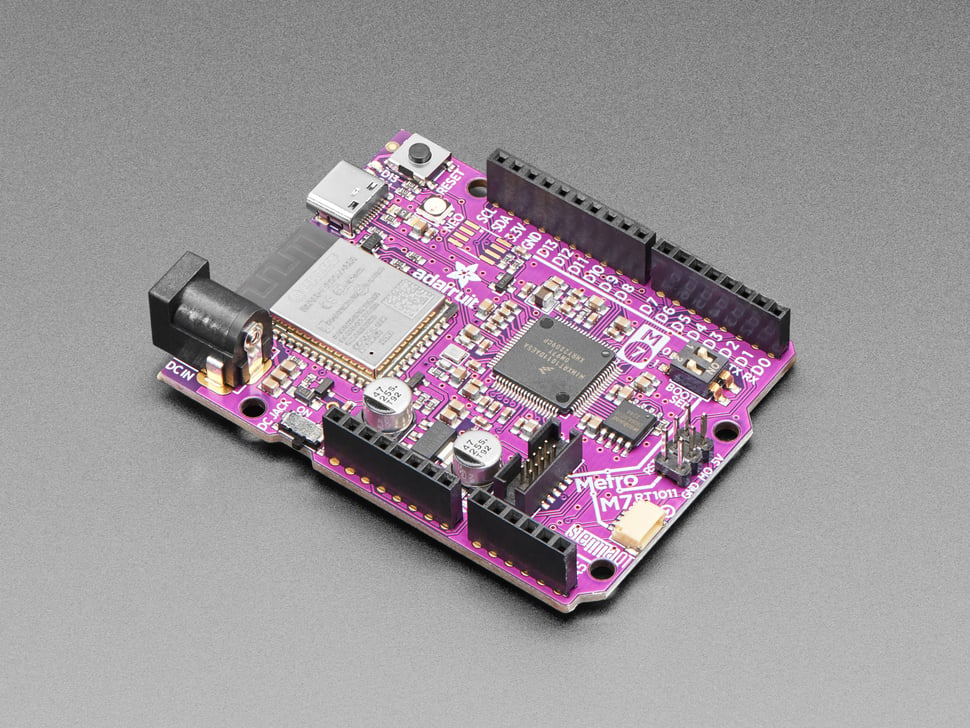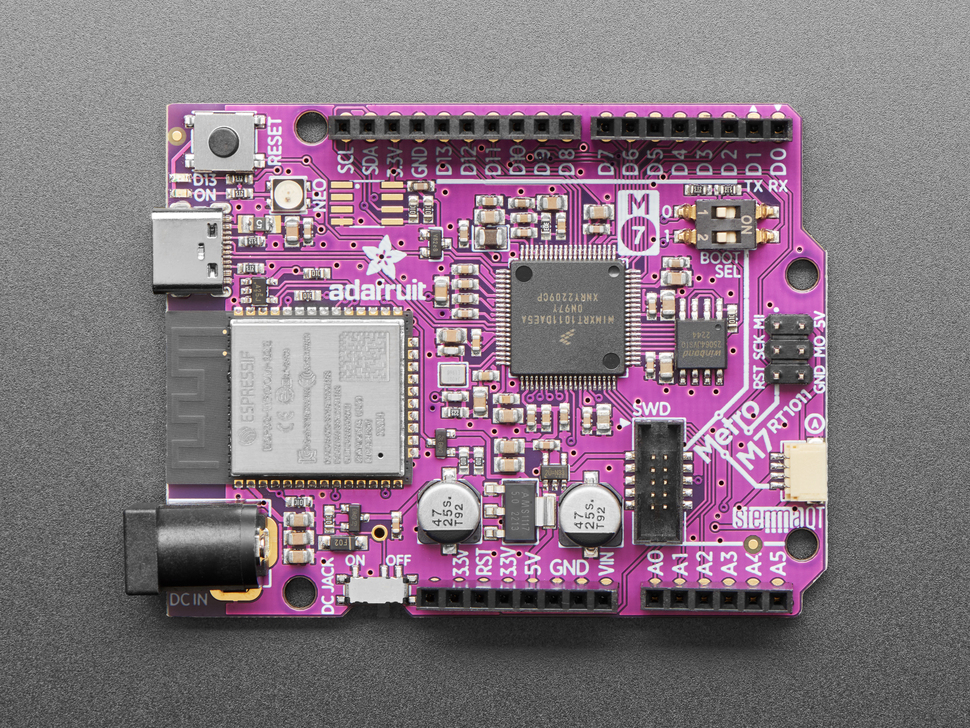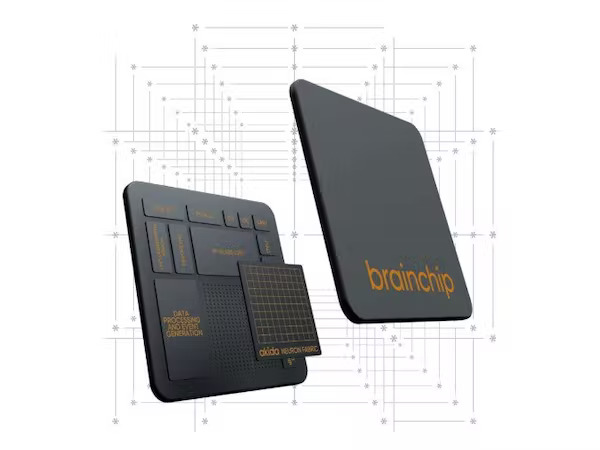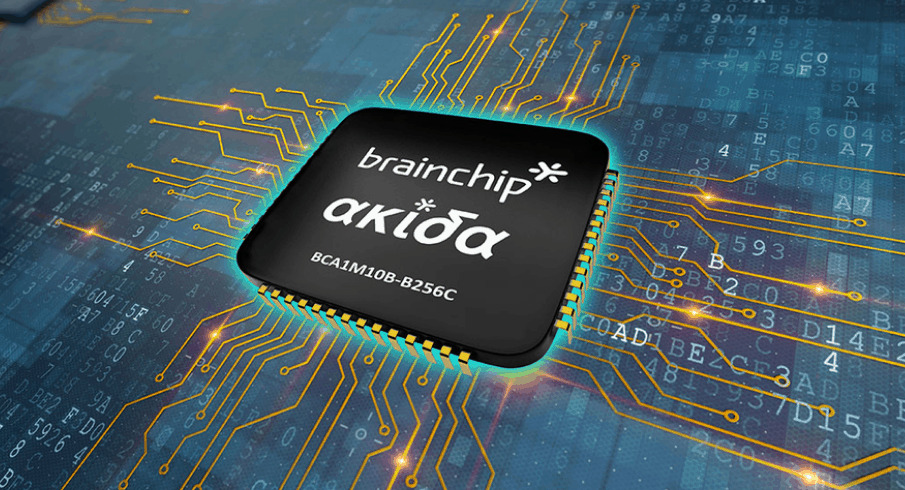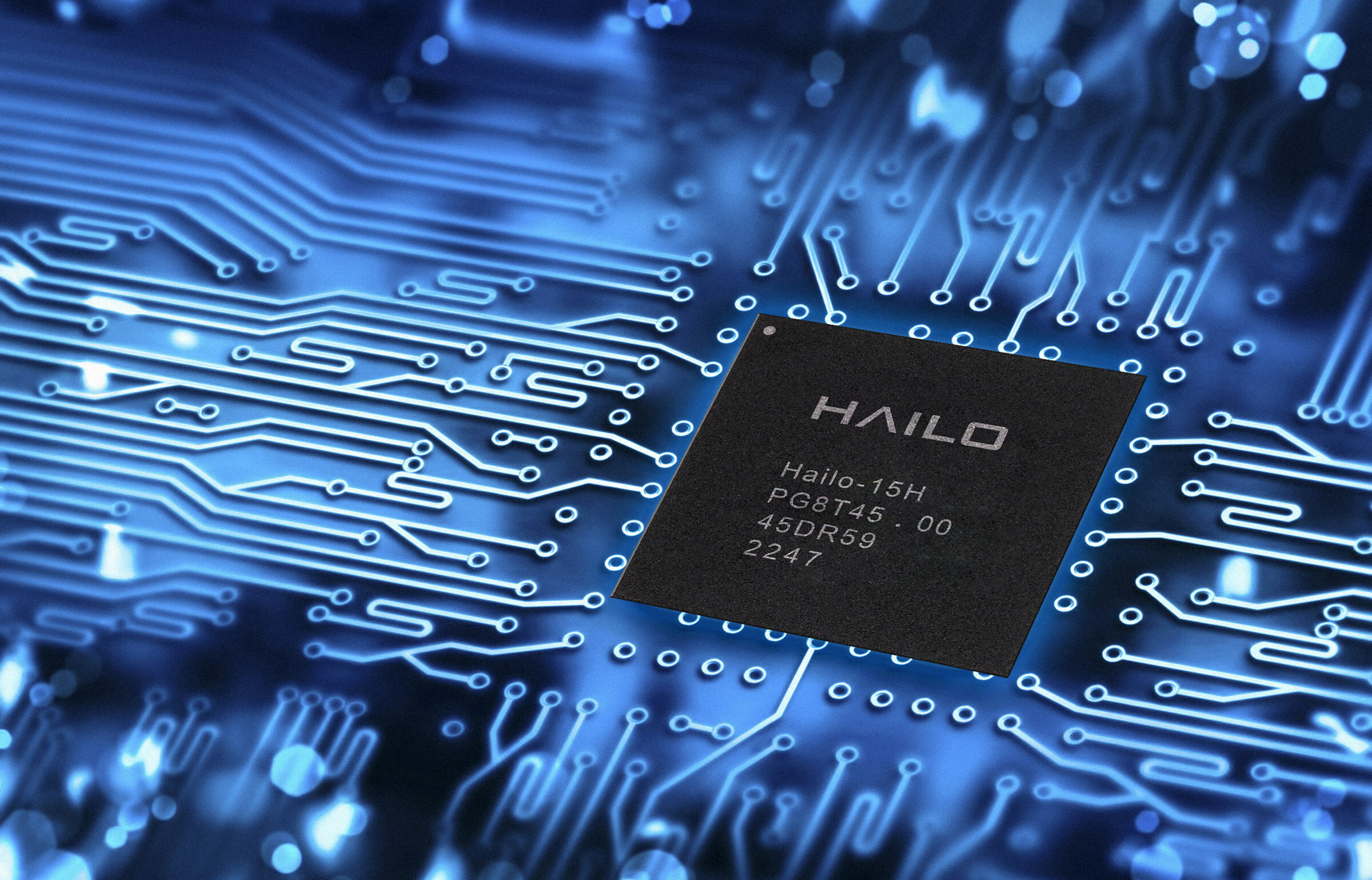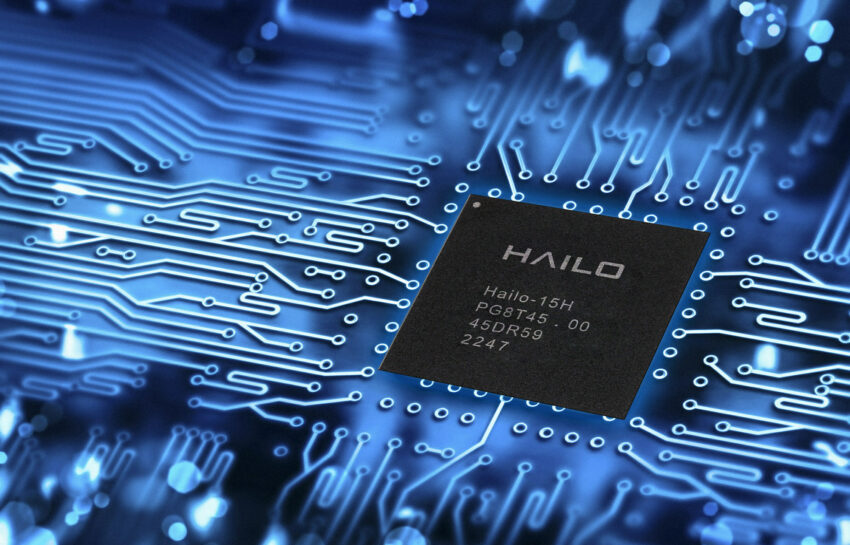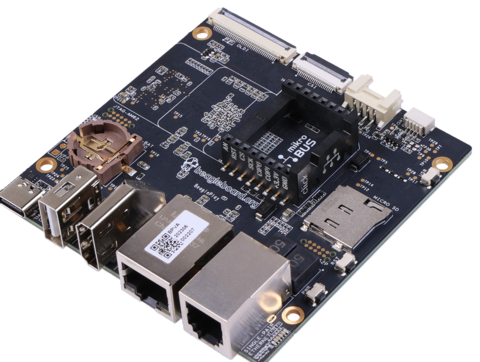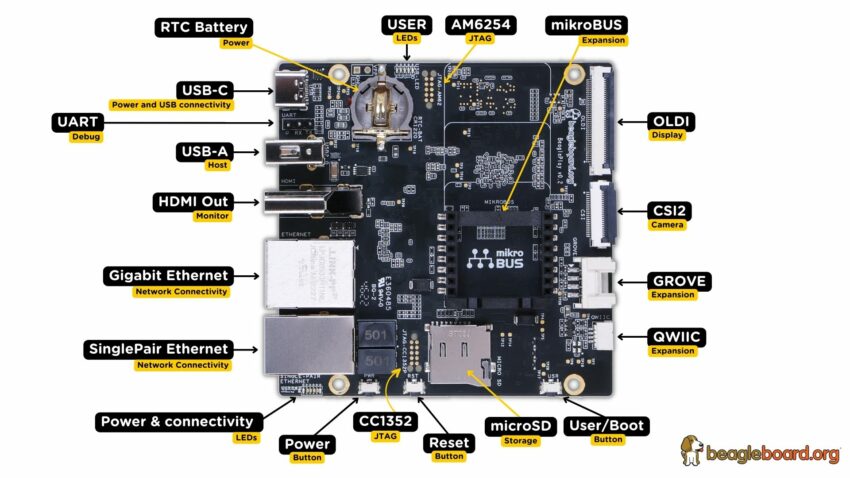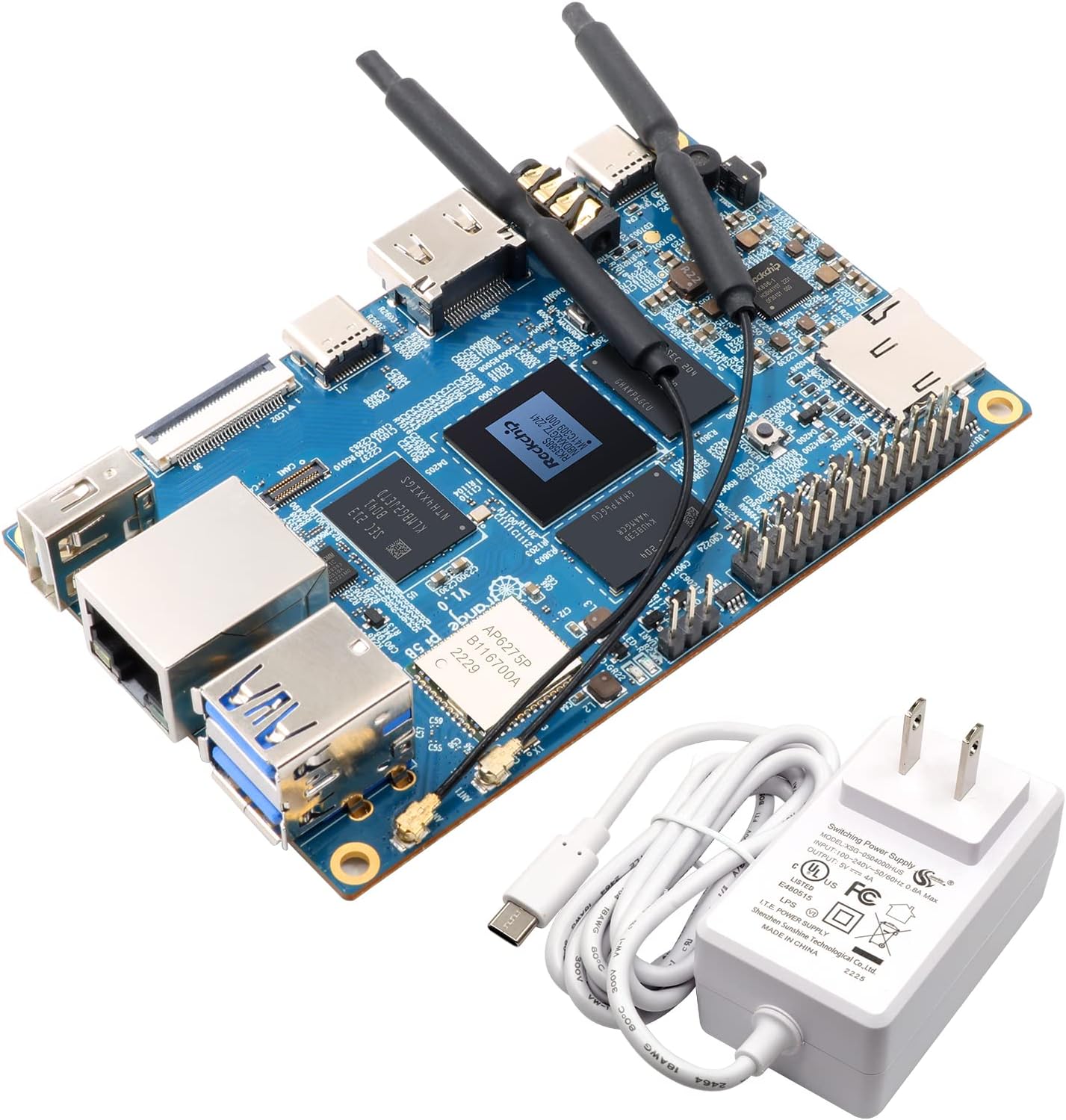
The Rockchip-RK3588S 8-core 64-bit processor, which includes a quad-core A76 + quad-core A55, is in the heart of the Orange Pi 5B. It is built with 8nm design process which makes it faster, consumes less power, brings superior performance to various AI scenarios, and has up to 2.4GHz base frequency. It has an integrated ARM Mali-G610 MP4 GPU, high-performance 3D and 2D image acceleration modules built in, and an AI accelerator NPU with up to 6 Tops of computing power. It has 16GB (LPDDR4/4x) to meet the requirements of products with ample RAM and 128GB eMMC memory, dual-band Wi-Fi6, BT5.0, and can connect up to an 8K display.
An Upgrade of Orange Pi 5
The Orange Pi 5B adds wireless communication Wi-Fi 6 and BT 5.0 to provide a stronger and more stable signal and faster network transmission Wi-Fi supports 2T2R 802.11 ax/ac/a/b/g/n, uses two frequency bands of 2.4GHz and 5GHz, and has MIMO standard. Wi-Fi uses two antennas, one of which is shared with BT and uses a PCIe 2.1 interface; BT5.0 uses the UART/PCM interface 128GB eMMC memory is also added to provide more stable and reliable long-time performance to Orange Pi 5B.
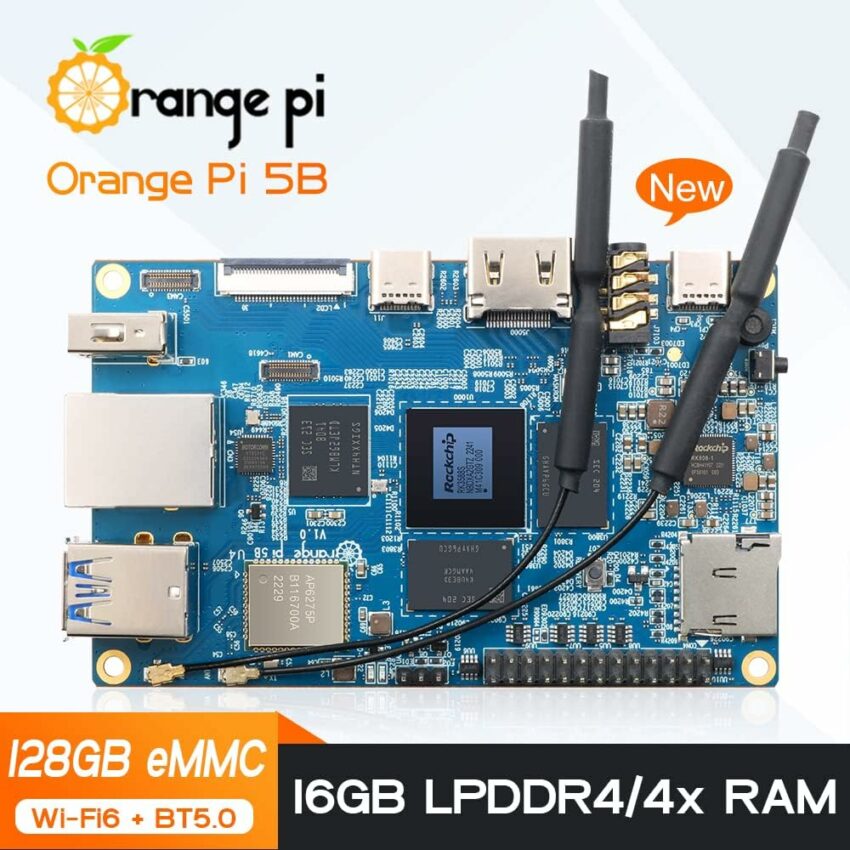
Features
Processor: Rockchip-RK3588S 8-core 64-bit processors with Orange Pi OS which doubles the performance.
Numerous Interfaces Easy to Expand: Orange Pi 5B Single Board Computer has many interfaces, such as HDMI output, Type-C, USB3.0, USB2.0, RJ45 gigabit network interface, TF card socket, 3.5mm headphone jack, MIPI LCD interface, MIPI Camera interface, multi-functional 26 Pin expansion interface, etc.
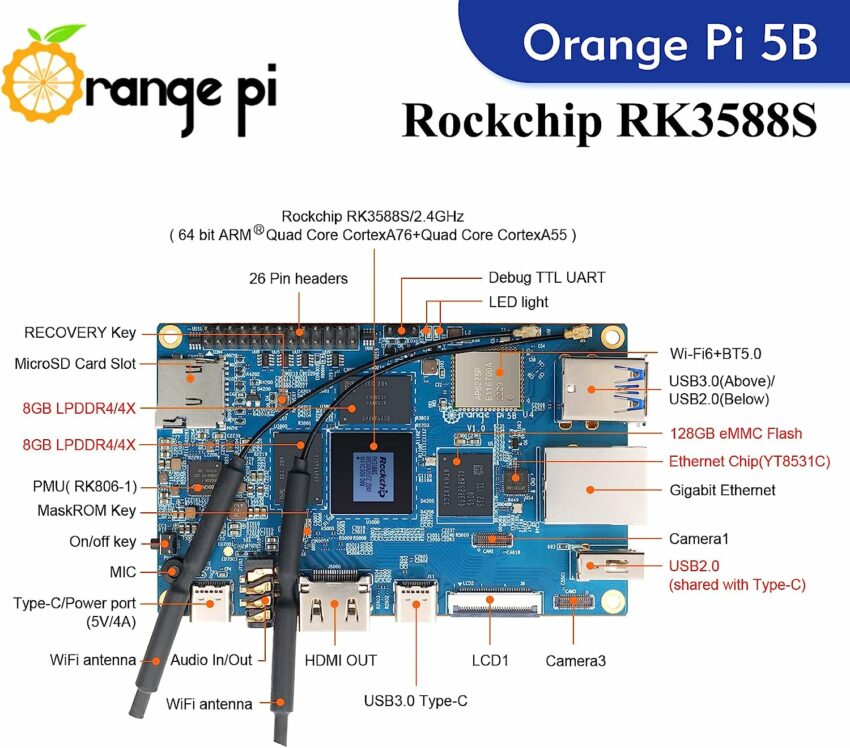
Software: The Orange Pi 5B is compatible with the Orangepi OS, which was created by Orange Pi and is also supported by Android 12, Debian 11, Ubuntu 22.04, and Ubuntu 20.04. Users can run Facebook, Instagram, Twitter, YouTube, Telegram, and other apps smoothly after installing Aurora Store.
Maximum Support 8K@60fps: Images can be rendered in 8K high-definition thanks to powerful video encoding and decoding. This makes images clearer and more detailed.
Multi-Channel Input and Output: It can send 8K video over HDMI 2.1, USB-C (DP1.4), and dual MIPI D-PHY. It can have more than one screen with different displays, and it can take three MIPI interface camera inputs.
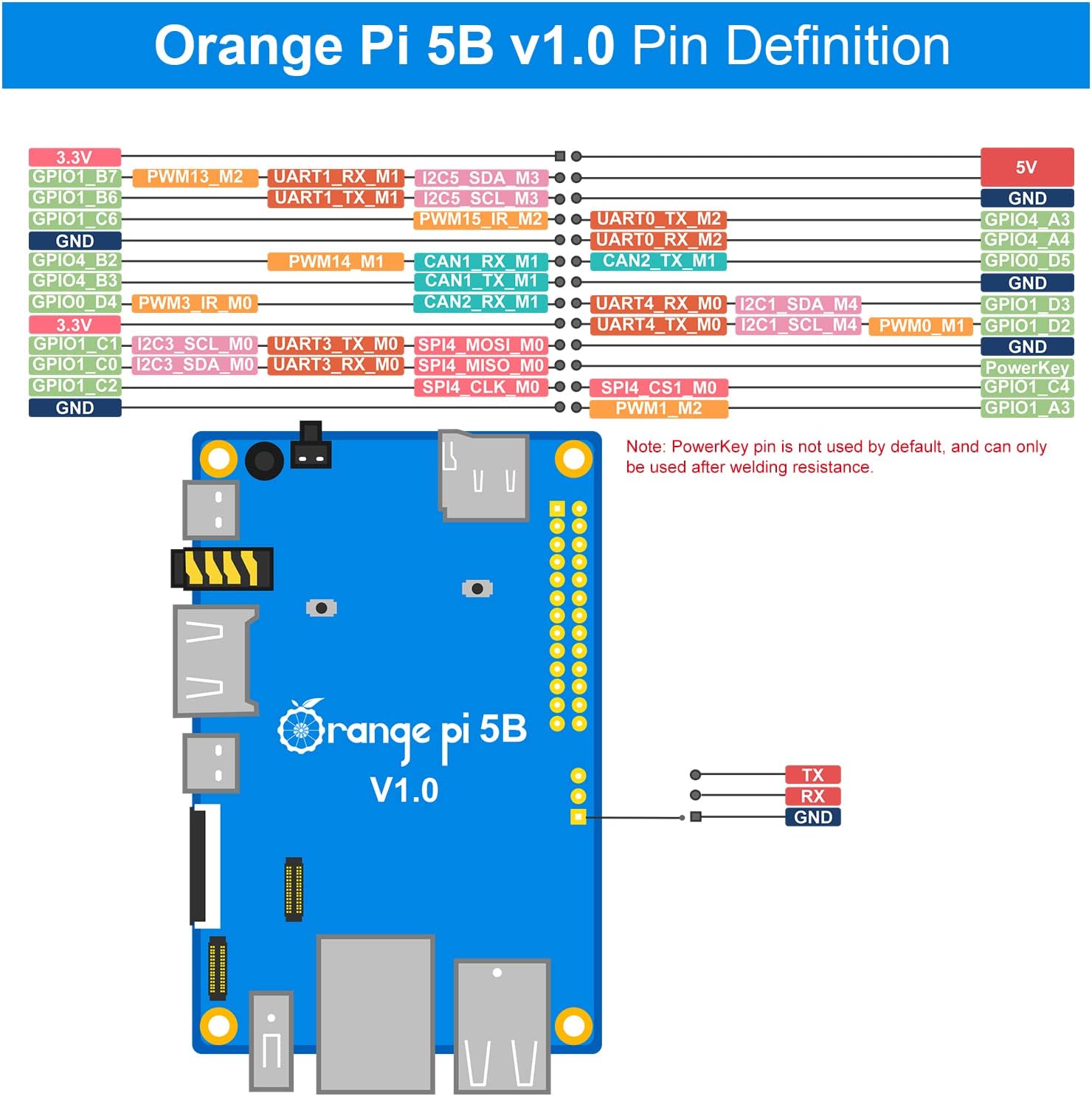
Specification
- Processor: Rockchip RK3588S (8nm LP process)
- CPU: 8-core 64-bit processors, Quad-core A76, Quad-core A55 with 2.4GHz main frequency.
- GPU: ARM Mali-G610 MP4
- NPU: Built-in AI accelerator with up to 6 Tops of computing power.
- RAM: 16GB (LPDDR4/4x)
- Memory: 128GB eMMC
- USB: Type-C, USB3.0,USB2.0,TF Card Support
- Video: 8K@60fps, HDMI 2.1
- Audio: CODEC:ES8388, HDMI 2.1 eARC
- Camera: MIPI CSI 4Lane, 2 x MIPI D-PHY RX 4 Lane
- Ethernet: 10/100/1000 Mbps Ethernet
- Expansion port: For extending UART, PWM, 12C, CAN, and GPIO interfaces.
- Wi-Fi and Bluetooth: Wi-Fi supports 2T2R 802.11 ax/ac/a/b/g/n, uses 2 x frequency bands of 2.4GHz and 5GHz, and has MIMO standards. PCIe 2.1 interface. BT5.0 uses the UART/PCM interface.
- Others: 1 x MaskROM key,1 x Recovery key, 1 x On/Off key. LED indicator.
- Power: Type C power supply 5V @ 4A.
- Software: Orangepi OS, Android 12, Debian 11, Ubuntu 22.04, and Ubuntu 20.04
- Dimension: 62 mm x 100 mm
- Weight: 52g
Variety of Applications: Orange Pi 5B Mini PC can be used in high-end tablets, edge computing, artificial intelligence, cloud computing, AR/VR, intelligent security, smart homes, and many others. It can be used in all AIoT industries. Orange Pi Single Board Computers can make a computer, a wireless server, games, music, sounds, HD video, a speaker, Android, and Scratch since Orange Pi is open source.
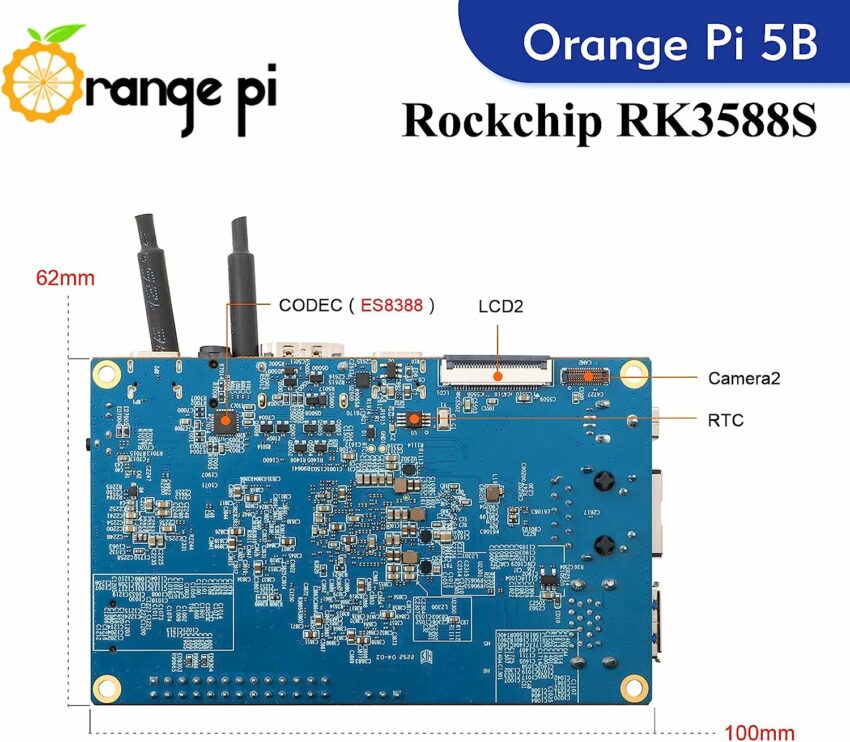
Purchase Information
Orange Pi 5B 16GB RAM Single Board Computer can be bought from Aliexpress for 149 USD and also can be bought from Amazon without customs clearance with a fee charged based on the user’s location.










